On Friday I had a day off so I headed over to Blashford Lakes for my first visit of the year, knowing it would be fairly quiet there. I could tell it was going to be a successful visit when I got out of the car and immediately saw a redwing.
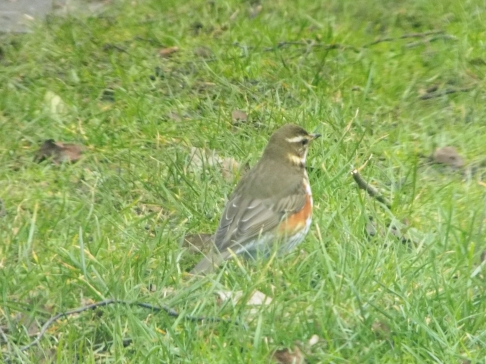
Because it was so quiet I had plenty of opportunities to get some decent shots of some of Blashford’s waterfowl. Here’s a shoveler, a wigeon and a gadwall.
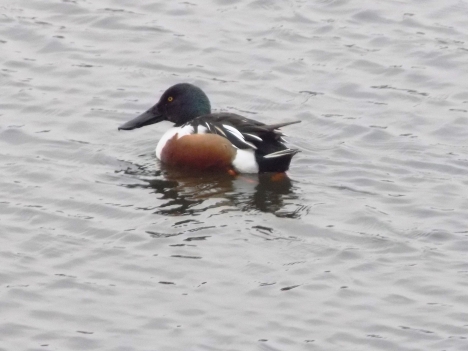
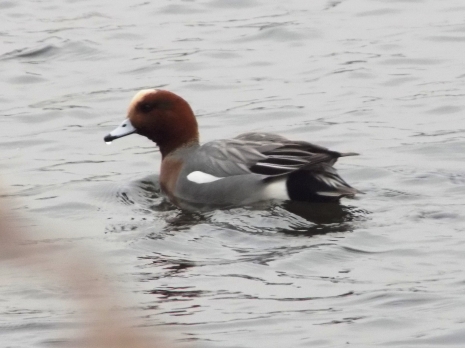
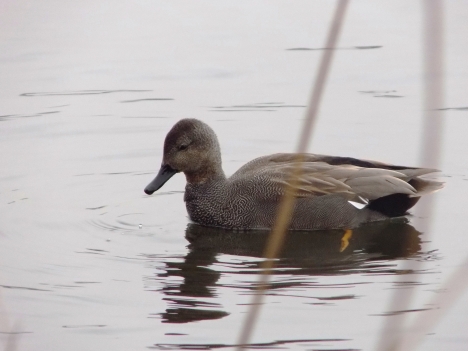
The Woodland Hide is really busy at the moment with birds in every nook and cranny. The most common bird at the feeders on this visit were siskins but there were also lots of goldfinches around too.
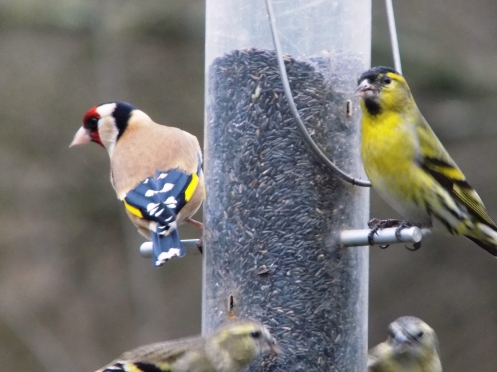
Amongst all the chaos there are a few birds you don’t see at feeders quite so often, like some long-tailed tits and a nuthatch.
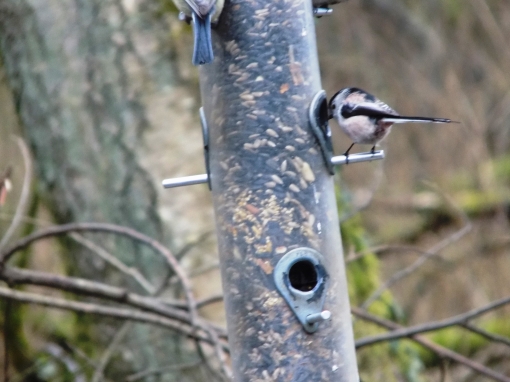

I was really pleased to see not one but two species of bird which are new to me. The first was the reed bunting.
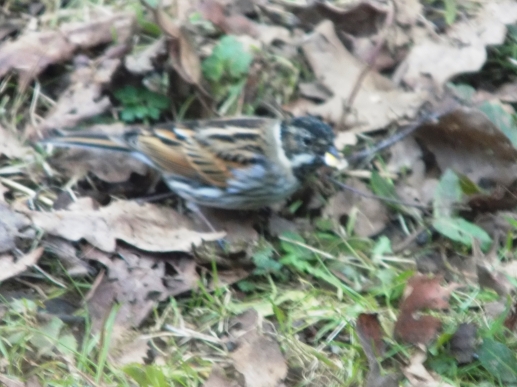
As the name suggests, reed buntings are normally found in wet vegetation but in Winter they do stray further afield to find food. It’s not really very far from the reedy banks of Ivy Lake to the woodland hide anyway. These buntings seemed to avoid going anywhere near the feeders themselves, instead grabbing pieces of dropped food off the floor.
The other new bird to me was the brambling. Unfortunately both individuals stayed exactly where the reflection in the window was so I ended up with an obscured photo.

Bramblings are members of the finch family and there was a male and a female bird in the area. This male was frankly one of the most vicious small birds I have ever seen. Whilst it did pop onto the feeders as above, it was mostly found on the ground. Every time any other bird came vaguely near it this individual would chase them off which seemed like a waste of energy given just how much food was available.
Just outside the woodland hide I found these stunning scarlet elf cap fungi.

Whilst many fungi go appear in the autumn, different species grow at different times of year- the scarlet elf cap grows in late winter and early spring. There’s debate about how edible this species is which suggests that it won’t kill you but probably isn’t very tasty. Unless you are a rodent of course as this is a handy source of food for them in winter.
Just outside the reserve I saw a welcome sign that Spring is on it’s way, a group of snowdrops.
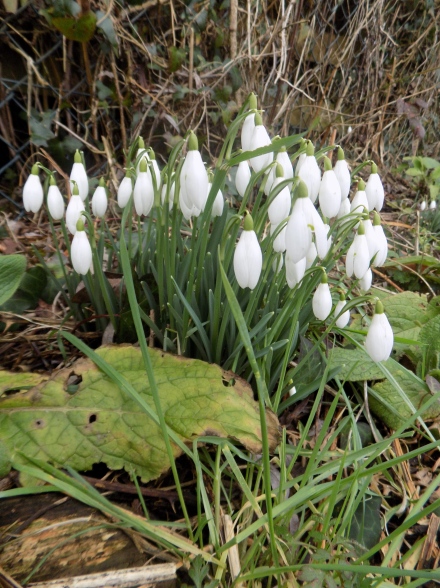
We may think of snowdrops as a native British flower but they aren’t! It was brought over from Europe in the early 16th century and wasn’t first recorded as naturalised until 1770. It’s a hardy little flower which can emerge through snow and it can spread in a variety of ways- from offsets of the bulbs, animals disturbing the bulbs, through floodwater and through dispersal of seeds.

No comments:
Post a Comment